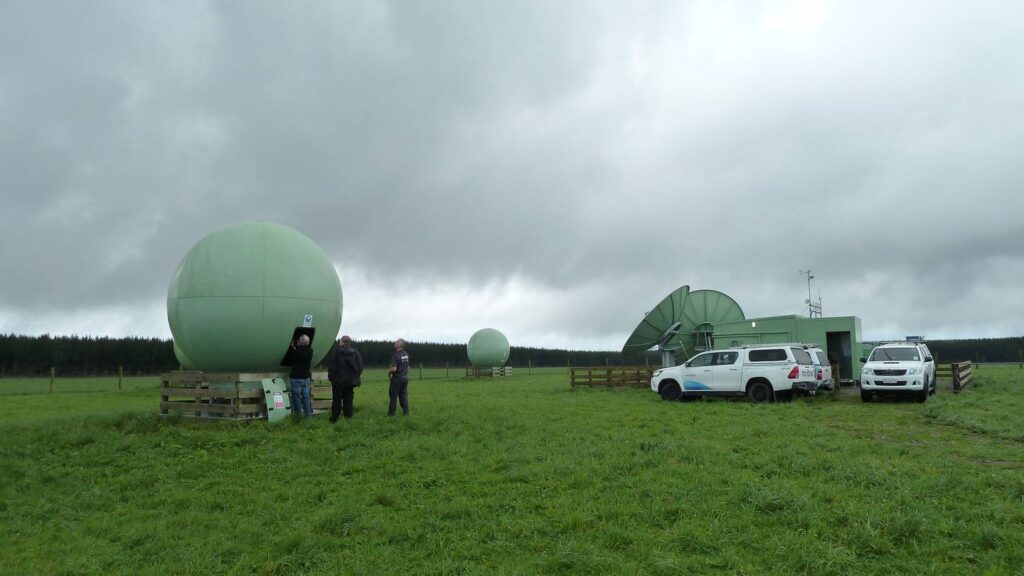
Important upgrades of New Zealand satellite station begin today
15 Aug, 2022

Important upgrades at New Zealand’s search and rescue satellite Earth station begin today.
The Earth station, halfway between Rotorua and Taupō, is the vital link between the country’s Rescue Coordination Centre and the search and rescue satellite network. It provides the initial processing of signals from distress beacons, Maritime NZ said in a statement today.
The changes will ensure better responses when distress beacons are activated anywhere on land, sea or air in New Zealand’s huge search and rescue region.
The region includes 30 million sq/km of the southwest Pacific, from near the equator to the South Pole, halfway to Australia and halfway to Chile.
The upgrades will improve the accuracy of emergency beacons, especially in water, where a beacon’s aerial swinging and water interfering with its signal makes pinpointing a beacon’s location more difficult, the statement said.
They will also create faster and steadier links to search and rescue satellites and the Earth station; detect and track an aircraft’s beacon immediately after a dramatic loss of altitude; and “future proof” for new beacon functions such as sending messages back to beacons acknowledging receipt of beacon activation.
Maritime NZ’s deputy chief executive response, security and safety services, Nigel Clifford, said software upgrades, testing, and coordination with Australian search and rescue authorities would follow, and were expected to be done by December.
“With such a huge search and rescue region all improvements to communication are most welcome and can save lives,” he said in the statement.
The work is part of a step-by-step, global upgrade of the search and rescue satellite system which also includes the first launches of new, more capable satellites that will over time replace the existing 50 search and rescue satellites.
Maritime NZ runs the Rescue Coordination Centre with the operations room staffed 24/7, 365 days a year.
It coordinates all major maritime and aviation search and rescue missions within New Zealand’s search and rescue region and all land, sea and air missions arising from distress beacons activated in the region.
The centre responds to about 1200 search and rescue incidents each year, and not all start with a distress beacon being activated.






